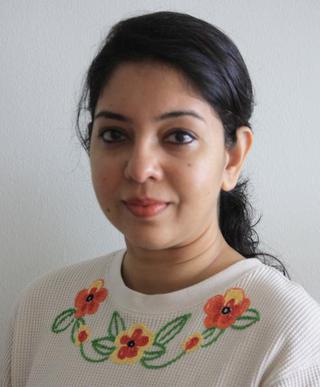It would be impossible to discuss the new Trafficking of Persons (Prevention, Protection and Rehabilitation) Bill 2018 without first getting involved in the criticism around it. This includes alleged discriminatory slants, the vesting of enormous power in newly formed investigating bodies, effectively restricting the personal liberties of survivors at some stages of the post-rescue process, and, more importantly, the Bill having been drafted “in secret” by a ministerial committee.
Multiple inputs
While the Bill is, and should be, open to constructive public argumentation, the charge of excessive discreetness is unfounded. Having served on a State-level committee as an analyst of international policy on
human trafficking while the Bill was being drafted, in 2016, I made recommendations, as a mental health professional, to develop a bulwark of rehabilitation stratagems the Bill could incorporate and enhance the rehabilitation process for survivors. Others, lawyers, activists, doctors, social workers, came in with their ideas, experiences and opinions. After respectful dissent, we were able to draw up counsel for the Bill, which has been a subject of media debate since the first draft was released.
In my work in Kashmir with children who were victims of trauma induced by political violence, it was easy to find commonalities between their lives and of (trafficked) women whose stories I began to get familiar with after reading literature on commercial sex work. Both groups had been through grievous abuse and violence; both had experienced breach of consent, their rights to their bodies transgressed.
Defining trauma
We call it trauma. Mental health professionals have definitions for it. The one most common is: “Traumatic reactions are normal reactions to abnormal situations.” So survivors of trafficking who have been confined, beaten, raped need to receive care that is designed for their needs. Under existing custodial models of rehabilitation, all survivors stay at a shelter home for at least a short period (where there is real possibility of casual stigmatising, of shaming and bullying, and of the absence of a restorative and therapeutic environment conducive to trauma recovery), until they are repatriated. And at this time, their health-care needs should ideally be evaluated beyond the hurriedly conducted medical tests. Many survivors do see a counsellor, who usually begins a generic counselling treatment with the assumption that the survivor is depressed, or is clinically traumatised. At times, this might even result in short-term positive effects. When this observation is made, mental health caregivers, who are thinly spread across government-run schemes for thousands of survivors across the country, move on to the next woman in need.
This lack of compulsory formal assessment of the survivor’s mental health status along a continuum of care is deplorable, as is the current disregard for her personal narrative that puts her trauma in context. The survivor’s internal ways of responding to her trauma may never be articulated even if she is steadfast about attending her psychosocial counselling sessions, which is unusual for most women from marginalised communities; for them, life simply gets in the way of prioritising, let alone reaching out for mental health care. Likewise, her external stressors such as family pressures, and continuing physical, emotional and sexual exploitation may continue to operate on her without her learning strategies to cope at the psychosocial counselling sessions she takes pains to attend. This is ironical because good therapy work can only happen when counsellor and subject have sat down together and made a customised blueprint for the process of counselling in true democratic fashion. For a survivor of sex trafficking, trauma-informed care must be the touchstone for a caregiver.

Chandrani Dasgupta
In brief, trauma-informed care is an approach to therapy that carries within it an awareness of the prevalence of trauma in the subject, and an understanding of the impact of that trauma on the physical, emotional, and mental health of that person. At the centre of trauma-informed care is the subjectivity of the survivor, her major life events and choices, and push and pull factors that governed these decisions. Counsellors skilled in this form of care know that traumatised people will respond in unpredictable and often unusual ways to what most people find perfectly ordinary, commonplace circumstances. They will not expect stereotypical reactions to atypical situations either.
Frustratingly, for a well-meaning and altruistic counsellor, it is not uncommon for a trauma victim to reject help. A planned move away from psychosocial models of counselling — treated as a panacea of sorts by mental health professionals working with trauma survivors — and toward trauma-informed or trauma-focussed counselling can yield rich dividends, although these forms of intervention take intensive training for the professional. The survivor might reclaim her
human rights and learn to recognise her purpose in life. In the end, the survivor might feel rehabilitated.
Planning ahead
The new Bill makes provisions for mental health-care professionals to make long-term interventions to safeguard survivors’ health. It also makes provisions for a rehabilitation fund, which will receive annual budgetary allocations and collections from trafficking offence fines, to potentially arrange community-based rehabilitation initiatives for survivors. This gives hope that we might train more counsellors in trauma-focussed care, intervene often and early, and design grassroots activism campaigns to generate awareness of why adequate and accessible trauma informed care models chosen with the survivor’s consent can make a world of difference. We must supply the traumatised survivor with the implements to reclaim her life, and then rehabilitation will have come full circle.
Chandrani Dasgupta is a psychologist and independent researcher. She has worked extensively in the field of human trafficking and with children, and specialises in trauma care and resilience development
Source: The Hindu, 25/12/2018